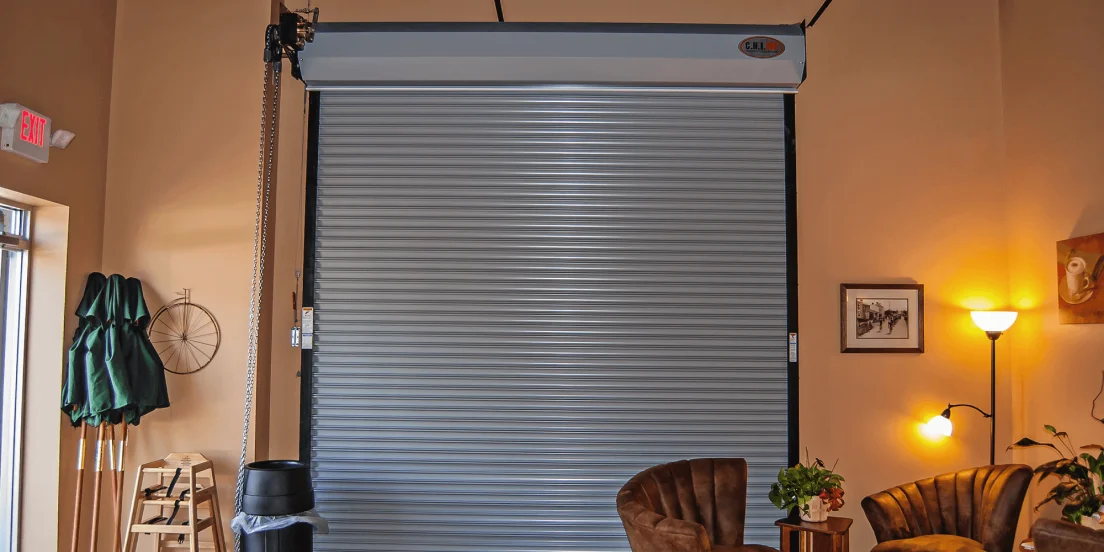
Are Overhead Doors Fire Rated?
Overhead doors, also known as garage doors or rolling doors, play a crucial role in many residential and commercial buildings. They provide access for vehicles, equipment, and personnel while also serving as a barrier against the elements. However, when it comes to fire safety, the question arises: are overhead doors fire rated?
The Importance of Fire-Rated Doors Fire-rated doors are designed to compartmentalize a building and prevent the spread of fire and smoke from one area to another. They are an essential component of a building’s passive fire protection system, which aims to contain a fire and give occupants time to evacuate safely. Fire-rated doors are tested and rated based on their ability to withstand fire for a specific duration, typically ranging from 20 minutes to three hours.
Fire Ratings for Overhead Doors The answer to whether overhead doors are fire rated is not a simple yes or no. It depends on the specific type of overhead door, its construction materials, and the intended use of the door.
- Rolling Steel Fire Doors Rolling steel fire doors are designed explicitly for fire protection purposes. These doors are constructed with interlocking slats made of galvanized steel or stainless steel. They are tested and rated for fire resistance, typically ranging from 1 hour to 4 hours. Rolling steel fire doors are commonly used in commercial and industrial buildings, such as warehouses, parking garages, and manufacturing facilities, where fire safety is a critical concern.
- Insulated Sectional Overhead Doors Many insulated sectional overhead doors used in residential and commercial applications can be fire rated. These doors are constructed with a steel exterior and an insulated core, which provides both thermal insulation and fire resistance. Manufacturers offer fire-rated sectional overhead doors that comply with specific fire rating standards, such as UL 10B or NFPA 80. These doors are often rated for fire resistance ranging from 1 hour to 3 hours, depending on the door’s construction and the requirements of the building code.
- Non-Rated Overhead Doors Standard non-insulated overhead doors, commonly used in residential garages or smaller commercial buildings, are typically not fire rated. These doors are designed primarily for convenience and access control rather than fire protection. While they may provide some level of resistance to fire, they do not meet the stringent testing and certification requirements for fire-rated doors.
Building Code Requirements Building codes and regulations often mandate the use of fire-rated doors in specific areas of a building, such as stairwells, corridors, and openings between fire-rated assemblies. When it comes to overhead doors, the requirements vary depending on the building’s occupancy type, size, and local codes.
For example, in many jurisdictions, fire-rated overhead doors are required in certain commercial and industrial buildings, such as warehouses, factories, and parking garages. The specific fire rating required may depend on the building’s construction type, the intended use of the space, and the proximity to other fire-rated assemblies.
Conclusion In summary, overhead doors can be fire rated, but it depends on the specific type of door and its intended application. Rolling steel fire doors and insulated sectional overhead doors are available with fire ratings ranging from 1 hour to 4 hours, making them suitable for buildings that require fire-rated openings. However, standard non-insulated overhead doors are typically not fire rated and should not be relied upon for fire protection purposes.
When selecting an overhead door, it is crucial to consider the building’s fire safety requirements, local codes, and regulations. Consulting with a professional door installer or fire protection engineer can ensure that the appropriate fire-rated overhead door is chosen and installed correctly to maximize safety and comply with applicable standards.
